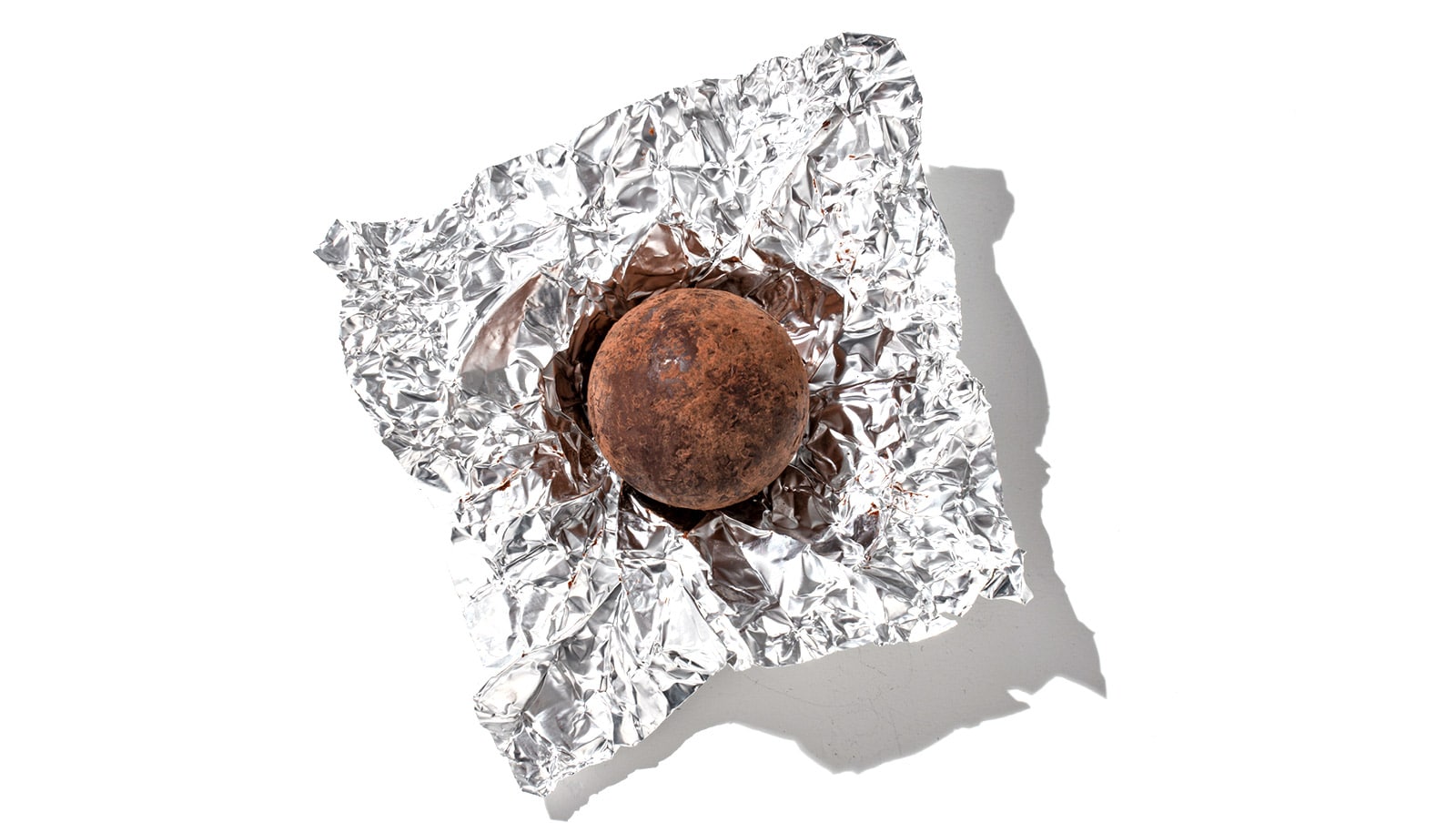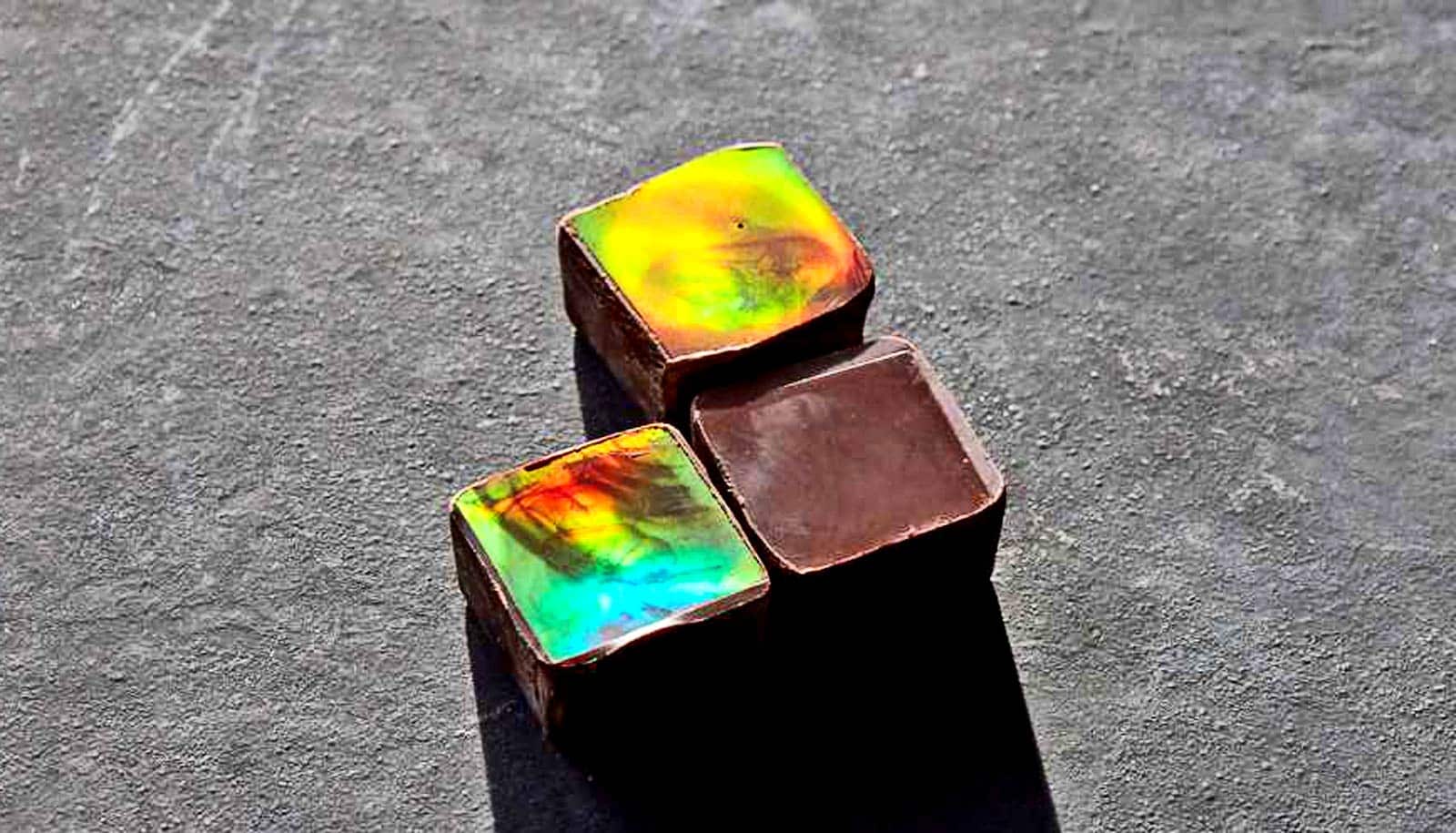Roasting cocoa beans longer and at higher temperatures can create products containing 100% chocolate and no sugar, say researchers.
The study, from Penn State’s Sensory Evaluation Center in its food science department, involved 27 100%-chocolate preparations made from cocoa beans roasted at various intensities and 145 people who came to the center on five consecutive days, evaluating five different samples each day.
The research confirms that bitterness and astringency are negatively correlated to consumer liking, and demonstrated that those qualities in chocolate can be reduced through optimizing roasting, according to researcher Helene Hopfer, professor in food science in the College of Agricultural Sciences.
“More and more people these days are eating darker chocolates with less sugar and more cacao because they are trying to cut down on sugar intake or they want to take advantage of perceived health benefits,” she says. “Dark chocolate is particularly high in flavonoids, particularly a subtype called flavan-3-ols and their oligomers, which are all considered functional ingredients due to their associated health effects.”
However, unsweetened chocolate is too bitter for most people to enjoy, so researchers experimented with roasting treatments to modify the flavor—investigating more than basic tastes such as sour and bitter—making it more acceptable for consumers, Hopfer explains.
27 sugar-free chocolate options
For the study, research team member Alan McClure, founder of craft chocolate company Patric Chocolate and related consultancy Patric Food & Beverage Development, worked with Hopfer and Penn State to characterize the flavor and acceptability of the chocolates.
As part of his dissertation research, McClure chose cocoa beans from three origins—Madagascar, Ghana, and Peru, harvested in 2018 and 2019. He roasted and ground all samples into cocoa liquor at his factory in Columbia, Missouri, and then shipped the solidified 100% chocolate to campus, where he and Hopfer re-melted and portioned out the chocolates into small discs for sensory evaluation.
In Current Research in Food Science, the researchers report that more intense roasting conditions—such as 20 minutes at 340 degrees Fahrenheit, 80 min at 275 F, and 54 min at 304 F—all led to chocolate consumers finding unsweetened chocolate the most acceptable. Conversely, research participants did not find 100% chocolate acceptable when made from raw or lightly roasted cacao, such as beans roasted 11 minutes at 221 F, or 55 minutes at 147 F.
Bitterness is the tricky part
Hopfer notes that scientists’ understanding of the variation of cacao-related bitterness has historically come from instrumental investigation of the bitter compounds found in cocoa beans, but this research used human sensory evaluation to quantify such variation.
“Our research was intended to learn about bitterness perception and the liking of chocolate made from cacao roasted with a variety of roasting profiles to see if wide consumer acceptability of 100% chocolate is possible,” she says.
“A chocolate maker doesn’t have many other options to influence the flavor quality of 100% chocolate except to vary how he or she roasts the beans, and our results show optimal roasting can adequately reduce bitterness.”
Ingolf Gruen of the University of Missouri also contributed to the research. Funding came from the Professional Manufacturing Confectioners Association and the US Department of Agriculture’s National Institute of Food and Agriculture.
Source: Penn State


